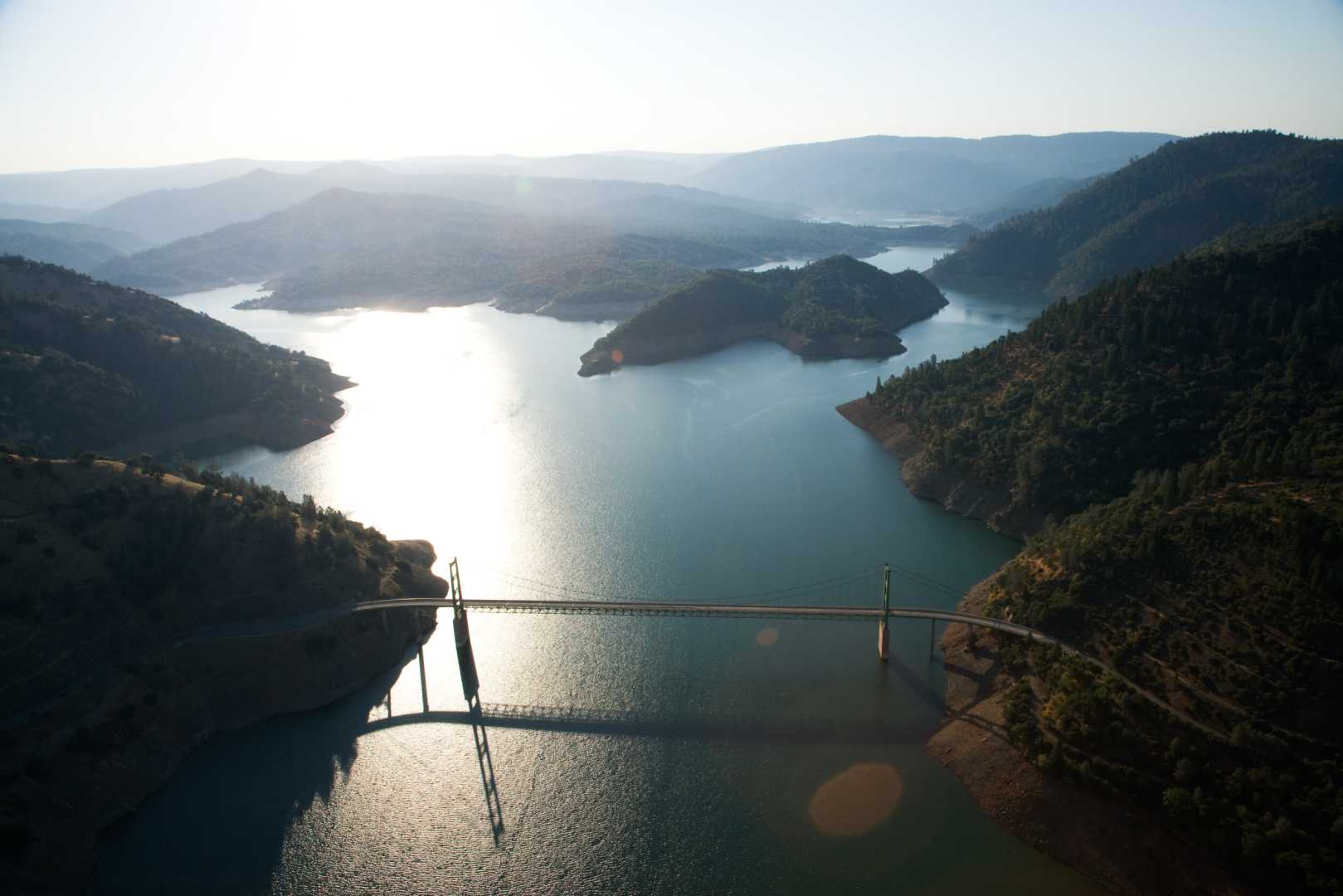News
As Storms Loom, California Faces Drought Recovery Questions

LOS ANGELES, Calif. — As winter progresses, Southern California braces for renewed rain after a long dry spell, raising hopes for improved water levels in light of recent storms. On February 13, 2025, meteorologists note a significant increase in rainfall, potentially signaling a shift in California’s extreme weather trends.
The Santa Clara Valley Water District reported that water levels at local reservoirs rose to 82% of normal following recent powerful storm systems. Spokesperson Matt Keller stated, ‘So it’s obvious on the upward swing, and then with this rain and then all the runoff that’s going to be coming in the next few days, I expect that number to go up.’
Shasta Lake and Lake Oroville, California’s two largest reservoirs, also saw increases, with Shasta Lake reported as 82% full. Keller highlighted the significance of these developments, saying, ‘Shasta and Oroville, they’re full and they’re way above normal for this time of the year.’
This winter, California has experienced rainfall levels that contrast sharply with the historically dry summer months. On average, Los Angeles International Airport receives approximately 2.5 inches of rain between April and November, comprising less than 20% of its annual average precipitation. This is a stark difference from cities like Salt Lake City and Santa Fe, which see their maximum rain in spring and summer.
The unique precipitation patterns in Southern California are influenced by geography, particularly the Sierra Nevada mountains, which act as barriers to moist air moving inland. Additionally, meteorological phenomena such as high-pressure atmospheric ridges contribute to the extended dry periods characteristic of the region.
UCLA scientists pointed to climate change as a critical factor in the recent intensification of wildfires across California, which saw their origins amid extreme heat linked to changing weather patterns. Experts warn that prolonged droughts could be expected if these atmospheric ridges become more persistent.
As California navigates its weather-related challenges, the crucial question remains: ‘What will happen to L.A. if it doesn’t rain?’ Looking ahead, officials will rely on April’s snowpack survey, typically seen as the key indicator of water forecasts for the year.
In light of these developments, Keller noted, ‘Being around normal is a good place for us to be here in Santa Clara County and in California when it comes to rainfall.’ With heightened anticipation for spring, both water conservation efforts and preparations for potential summer drought will play significant roles in managing California’s water resources in the coming months.












